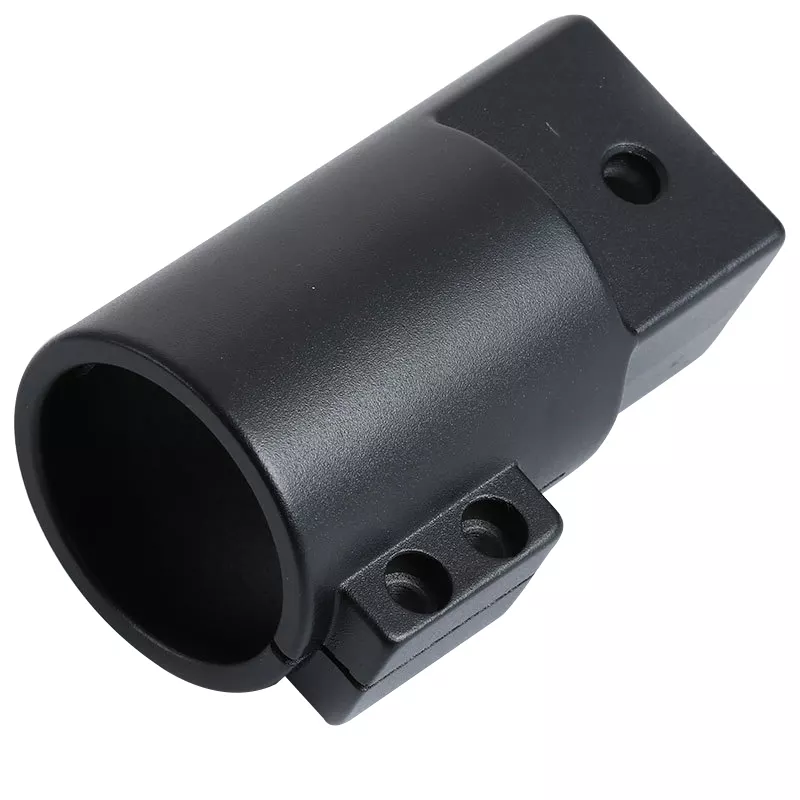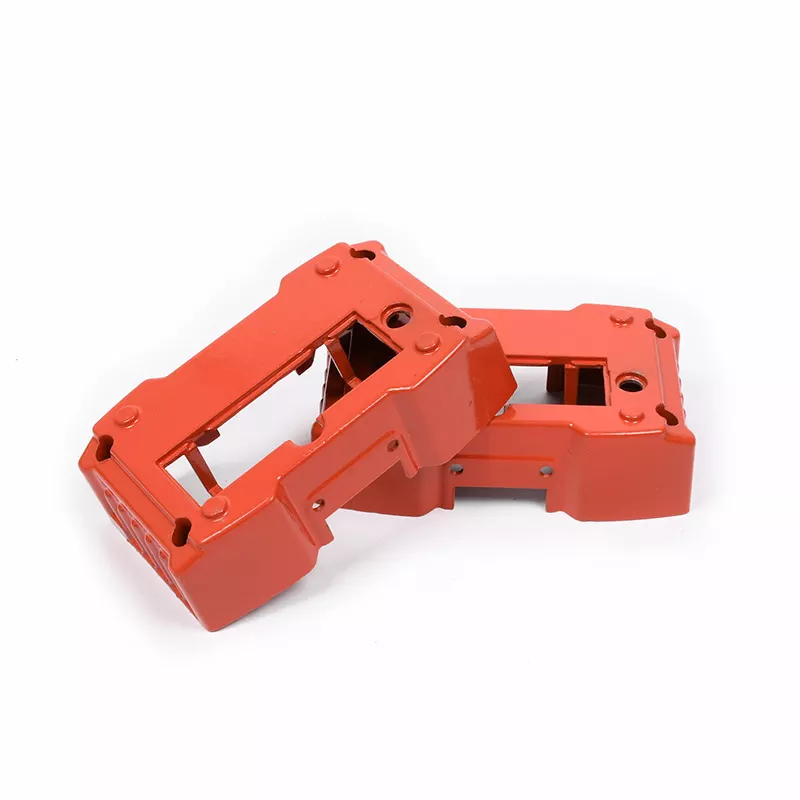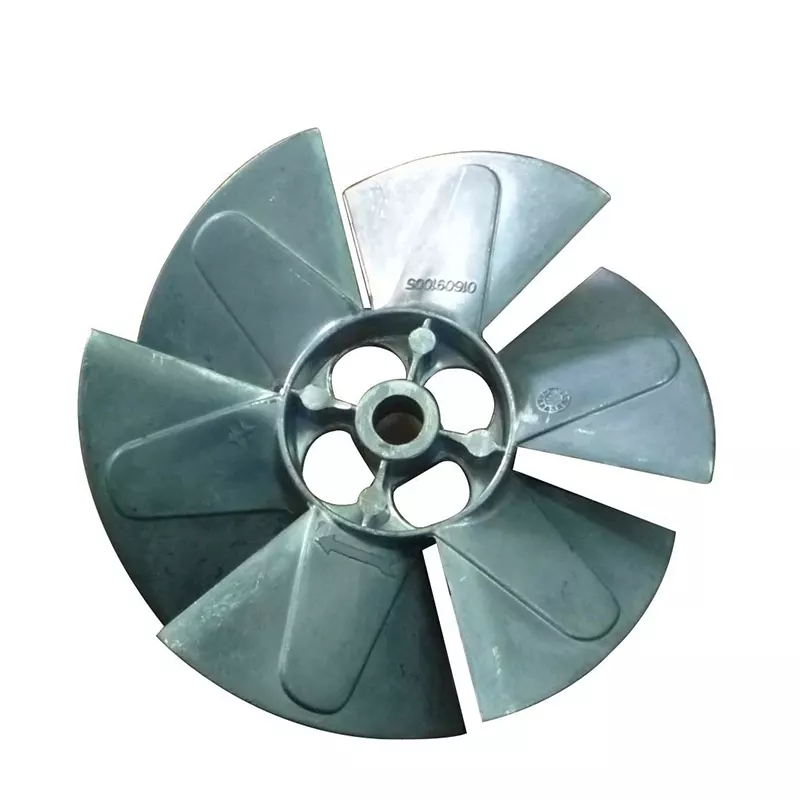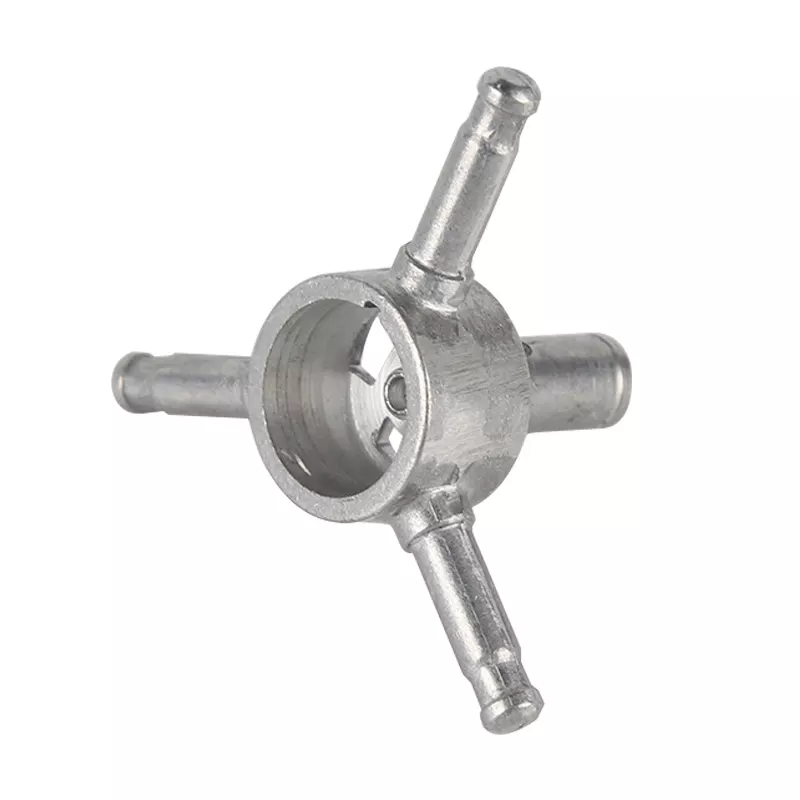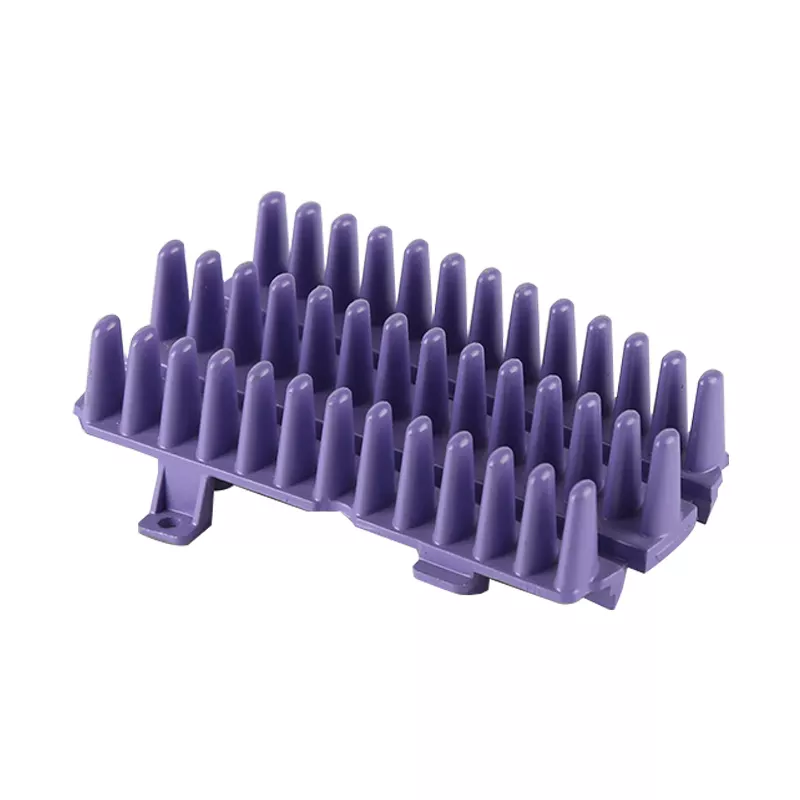Surface deformation strengthening technology
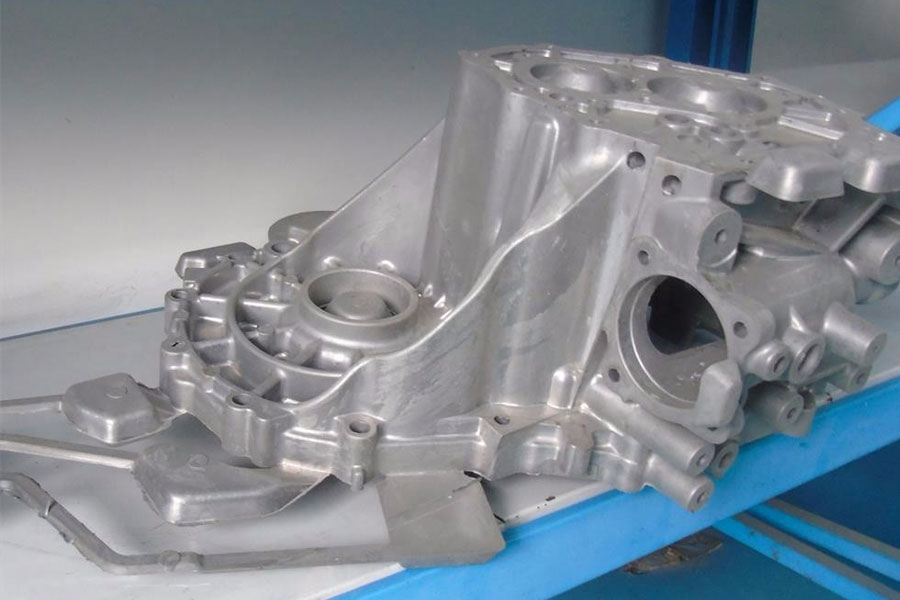
1) Mold shot peening and its function
The shot peening process is a process in which a large number of projectiles are sprayed on the surface of the part, and the projectile is sprayed on the surface of the part as if countless small hammers hammer the surface. Therefore, the surface of the metal part produces extremely strong plastic deformation, which makes the surface of the mold cavity produce a certain thickness. The cold work hardening layer is called the surface strengthening layer. This strengthening layer will significantly improve the fatigue strength of the parts under high temperature and high stress working conditions.
2) Surface change of shot blasting cavity
3) Shot peening machine and shot peening process parameters
Shot blasting machines are divided into pneumatic shot blasting machines and centrifugal shot blasting machines. Pneumatic shot blasting machine is that when compressed air supplied by air compressor passes through the spray gun, negative pressure causes the projectile to suck people and eject the nozzle at high speed, forming the surface of the part where the projectile stream is sprayed. There is also a mechanism for moving parts in the shot blasting machine, which can ensure the uniformity of shot peening and a certain coverage. Shot peening mainly needs to control the shot peening strength. There is a certain shot peening strength for any given shot peening operating condition, but to determine the shot peening strength, the arc height curve must be measured.
2. Modification technology of mold coating
1) The hard chromium plating method occupies an important position in the surface strengthening of some molds.
It has the advantages of low coating friction coefficient, high hardness (about 1100HV), simple application, and repeated cnc machining. However, it should be noted that if the thickness of the coating is unreasonably selected, it will cause premature damage to the mold. When the mold is subjected to strong pressure or impact, the coating is easy to peel off, causing premature damage to the mold. Therefore, hard chrome plating cannot be used for cold heading dies and blanking dies. It is only suitable for bending and forming dies with less processing stress.
2) Nickel-phosphorus alloy plating
The pre-treated workpiece is immersed in a solution containing nickel salt, reducing agent and other additives, and an autocatalytic reduction reaction will occur on the surface of the workpiece, reducing the nickel ions in the solution to metal and depositing on the surface of the workpiece (mold) Form a plating layer.
3) Chemical vapor deposition
The method of surface coating according to the principle of chemical deposition is called chemical vapor deposition, or CVD for short. The working parts of the mold that need to be infiltrated are heated to about 1000°C in a vacuum, and then lead to TiCl4, H2, CH4 and other reactive gases. When the gas encounters a high temperature working surface, it can generate TiN, TiC and other compounds under the action of high temperature. It firmly adheres to the surface of the mold parts to form a super hard coating.




